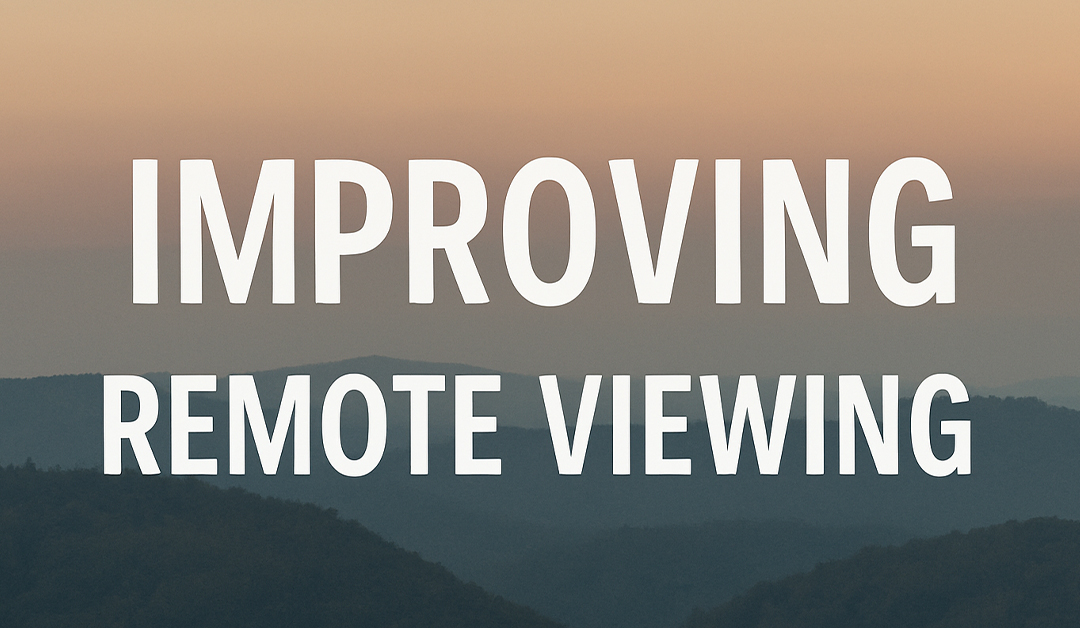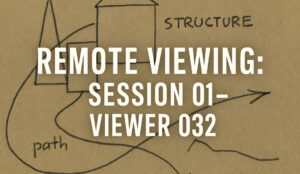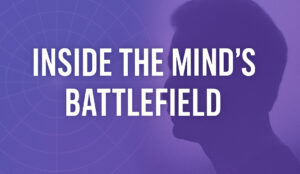A CIA document titled "An Effort to Improve Remote Viewing Quality" provides a rare look at the agency’s internal struggles to refine the reliability of its psychic intelligence program.
Remote viewing-an attempt to gather information about distant or unseen targets using extrasensory perception-wasn’t abandoned due to lack of novelty. It was curtailed due to inconsistency.
This document shows the CIA trying to change that.
🧪 The Problem: Data Quality
The memo acknowledges what many inside the Stargate program knew:
Most remote viewing sessions failed to produce actionable, consistent results.
Some viewers offered general descriptions that were too vague to verify. Others produced hits that couldn’t be replicated.
The CIA recognized that for remote viewing to become useful-not just curious-it needed to improve its accuracy, clarity, and repeatability.
🛠️ Attempted Fixes
The document outlines targeted efforts to enhance viewing quality, including:
-
Introducing new protocols to reduce noise in sessions
-
Encouraging structured feedback loops between viewer and monitor
-
Testing training methods borrowed from meditation and cognitive psychology
Rather than discard the method, the agency hoped refinement could rescue it.
They aimed to transition from speculative impressions to repeatable and assessable outputs.
📉 Unspoken Frustration
While framed in neutral language, the report hints at internal frustration.
Attempts to systematize psychic ability often ran into the same wall: viewer inconsistency and environmental variables.
Even with enhanced methods, the human element remained unpredictable.
But the CIA wasn’t fully ready to walk away. The existence of this document proves there was still interest-and funding-for improving remote viewing as late as the 1990s.






